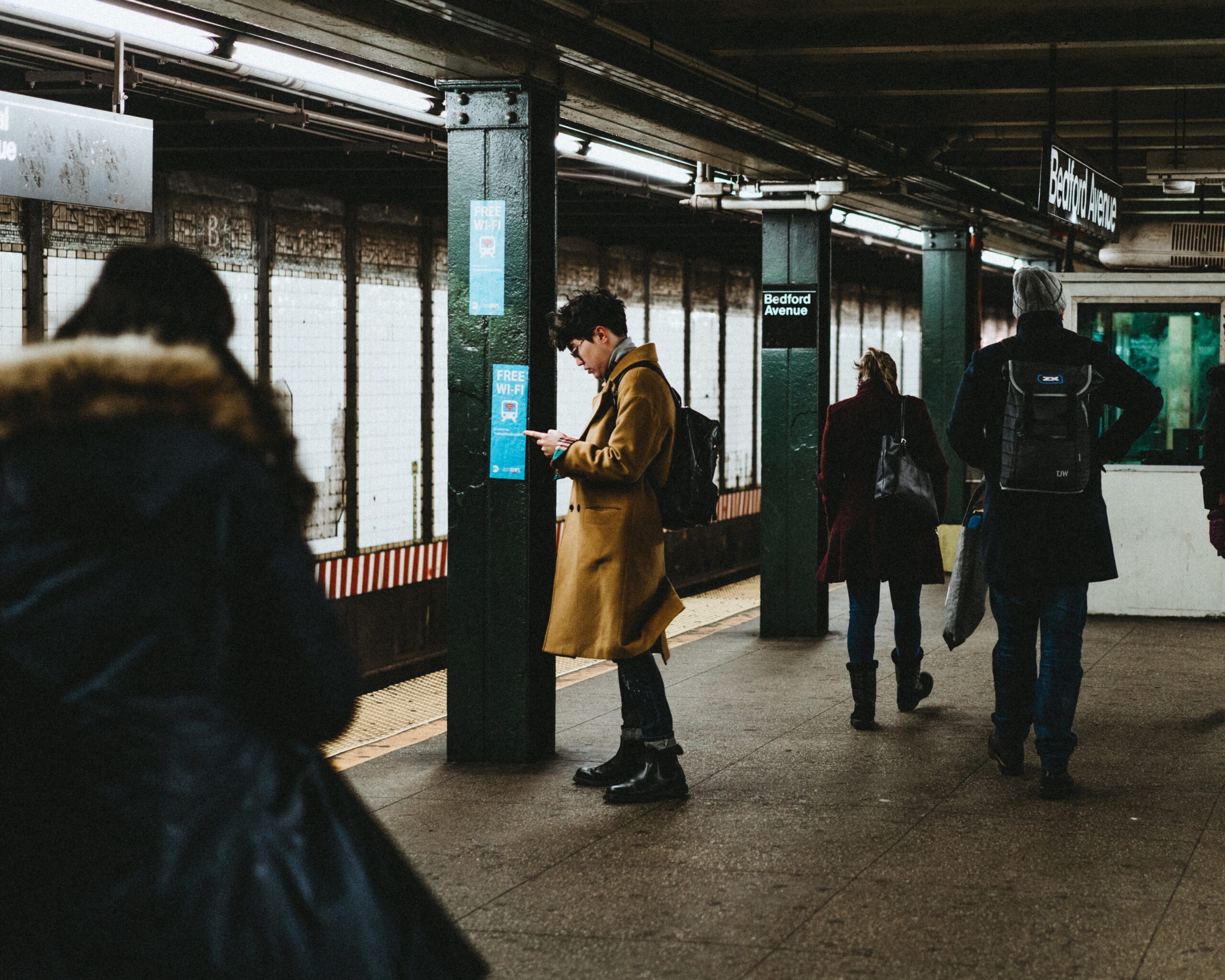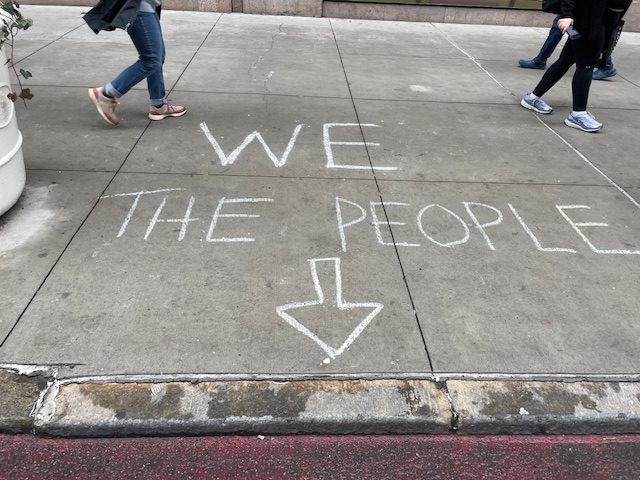The subway system, winding beneath, through and over the streets of New York City, moves almost six million people every day. The system stretches over 665 miles of track from Manhattan to Brooklyn, Queens, the Bronx, and Staten Island. The subway opened in 1904 with 28 stations in Manhattan, and though it now connects the five boroughs through 472 stations, many regular riders complain that not much else has changed in the last 114 years. Some trains are more often delayed than not. And while the city’s population is, again, rising and overcrowding on subway platforms continues to cause problems, the city has stopped building new subways. Why? And why can’t the MTA keep its trains running smoothly and on-time?

The New York City subway opened in October 1904, but it was privately built and managed until 1940 when Mayor Fiorello LaGuardia bought and consolidated the two private companies who’d owned it for over $300 million. Yet, ridership was already peaking as the country saw a future of personal automobiles on the horizon. After decades of refusing to raise fares, the city finally doubled the price to a dime per ride. Soon, a statewide referendum approved an exemption from the state’s tax limit for the city to continue its subway expansion. Instead, the administration used the money to reduce what had already become a giant deferred maintenance problem. The MTA New Yorkers know today wasn’t formed until 1965, by Governor Nelson Rockefeller. Though the subway system was finally under its present state-controlled organization, its problems continued to grow as the city neared bankruptcy.
A history of large problems and inadequate or emergency solutions has defined the aging but essential subway system of today. The cheap and accessible movement of those six million daily riders around New York’s boroughs drives the city’s economic, innovative and artistic engines. New York City and its surrounding areas create over $1.5 trillion in gross metropolitan product: close to 9% of the country’s GDP in 2016. Researchers have estimated that losing the subway for a month due to a Hurricane Sandy-sized storm would cost New York City $60 billion in “lost economic output.”
The city’s economy—and a large chunk of the U.S. economy—depend on an out-of-date, complex public transportation network that doesn’t have enough money to repair itself or to continue expanding. The city’s inability to catch up on the long list of repairs only increases the number and severity of the system’s problems.
Only 3% of the subway’s tracks meet the cleanliness standards required by their own governing body, the MTA. Meanwhile, parts of the signal system that controls train movements are so old and obsolete that they have to be built in-house by the MTA because no company manufactures them today. And almost half of the 6,400 cars running on tracks daily were built between 1960-1989, with half of those due for repairs or replacement. The subway’s problems are as old as its parts.
Governor Cuomo introduced an $800 million “NYC Subway Action Plan” to help fix the struggling system. He wants the state to pay for half of the plan and the city to cover the rest, but Mayor De Blasio refuses to add to the huge amount the city already pays in taxes to maintain its subway. Why the governor of a state—in which a significant portion of the population does not live in the city or use its subway—controls the MTA and appoints its chairman is another question.
The New York Times Magazine estimates that the needed repairs to the subway would cost at least $111 billion. This doesn’t include the increased flooding and unforeseen damage caused by more powerful storms and rising sea levels. Subway tunnels snake below sea level beneath a city surrounded by water. Alan Weisman’s book, The World Without Us, highlights the role workers play in keeping the subways dry. Over 750 electric pumps work ceaselessly to pump 13 million gallons of groundwater (the water already in the ground) uphill every day. At one station in Brooklyn, 650 gallons of water per minute must be pumped out. Half an hour without the pump makes the station impassable. When it rains, the water rushes below ground even more quickly, and when a hurricane floats up the coast, the amount of water is incalculable.
The subway is always under construction because the list of repairs is impossibly backlogged. The city cannot fix the subway’s problems quickly enough without great, preventative changes to the way the system operates in the future. That is exactly what the president of New York City Transit, Andy Byford, has proposed. His ambitious 10-year plan, called Fast Forward, promises a modern NYC subway within the decade. The agency will begin installing a modern switching system, replace subway cars, improve stations, and make dozens of them wheelchair accessible. By changing the way the MTA spends money, the plan could complete the most important parts of that $111 billion renovation for about $40 billion.
Why has the city stopped building new lines? That is a simpler question to answer. Too much money must be directed toward repairs to undertake any significant, new building projects. And New York City has become the most expensive tunneling area in the world. The city spent between $100 million and $250 million (in 2017 dollars) per mile, building the original tunnels and tracks in the 1900s and ’10s. Last year’s long-awaited 2nd Avenue extension cost $2 billion per mile.
If the city and state can agree to fund Byford’s plan, the subway might soon receive the upgrades it needs. Any future expansion of the subway will depend on the success of Fast Forward’s changes to the MTA’s operation and its spending on maintenance, repairs, and construction. The subway is the heart of New York City. How do you perform open-heart surgery on something that doesn’t sleep?





